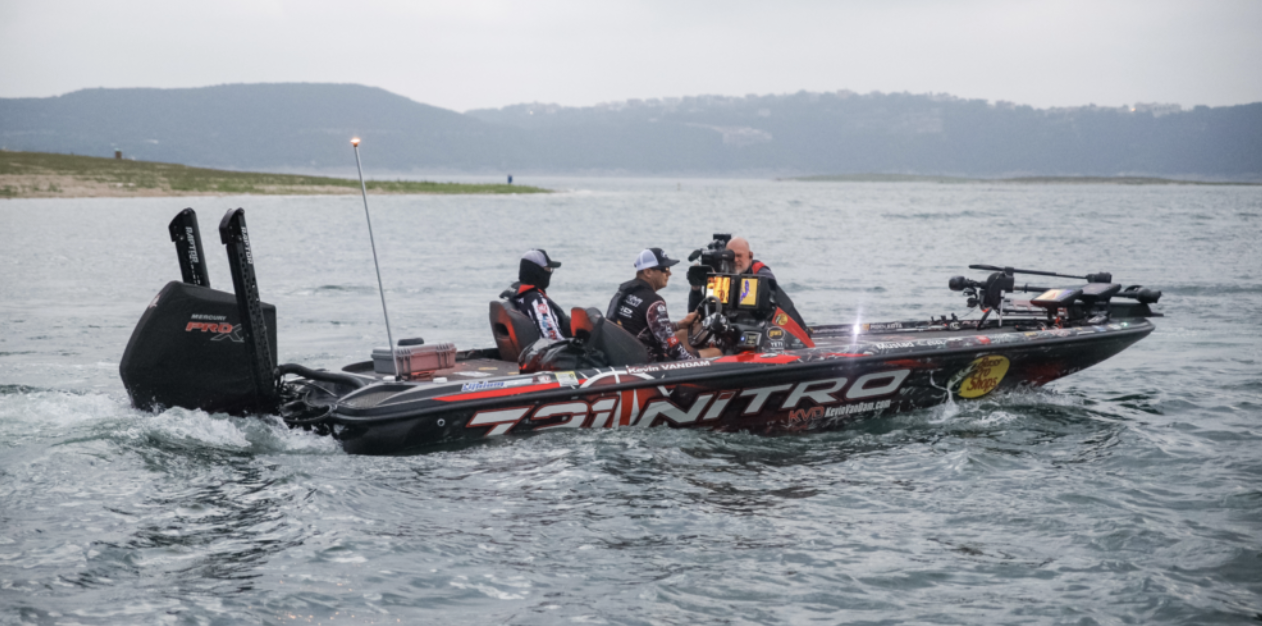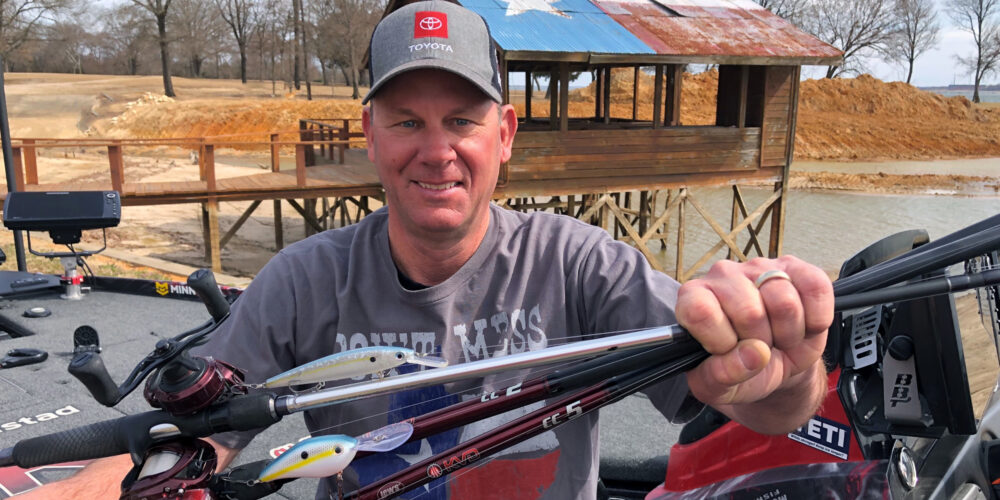The spawn is a primary focus for bass anglers and so crucial in the spring calendar that it’s broken up into three sections: prespawn, spawn, and postspawn. All three stages of the spawn provide their unique challenges and opportunities for catching bass.
But there’s another spawn that’s just as important: the shad spawn.
The shad spawn is a condition that Mercury pro Kevin VanDam looks forward to when the time is right, as it can be a dependable way to get on a flurry of biting bass.
When and Where
The bass spawn is heavily dependent on water temperature – once temperatures begin to creep over 60 degrees, bass are thinking about spawning. VanDam says the shad spawn generally happens when bass are done spawning in a lake.
“The magic number is usually around 72 degrees for the shad spawn,” VanDam says. “It will usually be after all of the bass and crappie spawn, and I think that’s Mother Nature’s way of helping those fish recover. After they’re worn out from the spawn, they can feast on spawning shad.”
VanDam says that, like the bass spawn, the shad spawn is related to the moon phase.
“It spikes on the full moon just like bass,” he observes. “The shad spawn will last two, three, or maybe four weeks. It usually starts in one area of the lake and you might go to the other end of the lake and find nothing, so you have to be moving until you see the activity.”
One key to capitalizing on the shad spawn is arriving early in the morning and finding the right areas shad are using to spawn.
“You can start seeing it in the evenings before it gets dark, but most of it happens at night,” VanDam says. “That’s why the first hour of daylight is so crucial. If you can find a shady area or get some cloud cover, you can extend it a little longer.”
VanDam looks for areas with nearby deep-water access, and fishes a variety of cover and structure.
“Usually, you won’t find them way back in a creek, and areas closer to deep water are going to be much better,” he says. “Shad are free spawning and need to get up against something to lay their eggs. It could be rocks, riprap, laydowns, or flooded trees and grass edges. Floating boat docks are another great place to look.”
Lure Selection
VanDam admits that finding spawning shad is the most crucial piece of the puzzle, as you’ll likely find a feeding frenzy when you do. As a result, he uses various lures, basing that selection on the cover he’s fishing around.
“One of the best lures is a willowleaf spinnerbait – you’ll feel the shad ticking against it, and see them following it back to the boat,” VanDam says. “I’ll also use a Strike King Thunder Cricket, a white swim jig, or a buzzbait. A lot of that has to do with what the fish are relating to.”
After the flurry ends, VanDam tries to prolong the bite as long as he can.
“Once the sun gets out, the shad and bass will start to ease out a little deeper,” he says. “It won’t be as visual on the surface anymore, but the bass will still be relating to the shad in the area. That’s when I pick up a jerkbait or crankbait.”





Leave A Comment